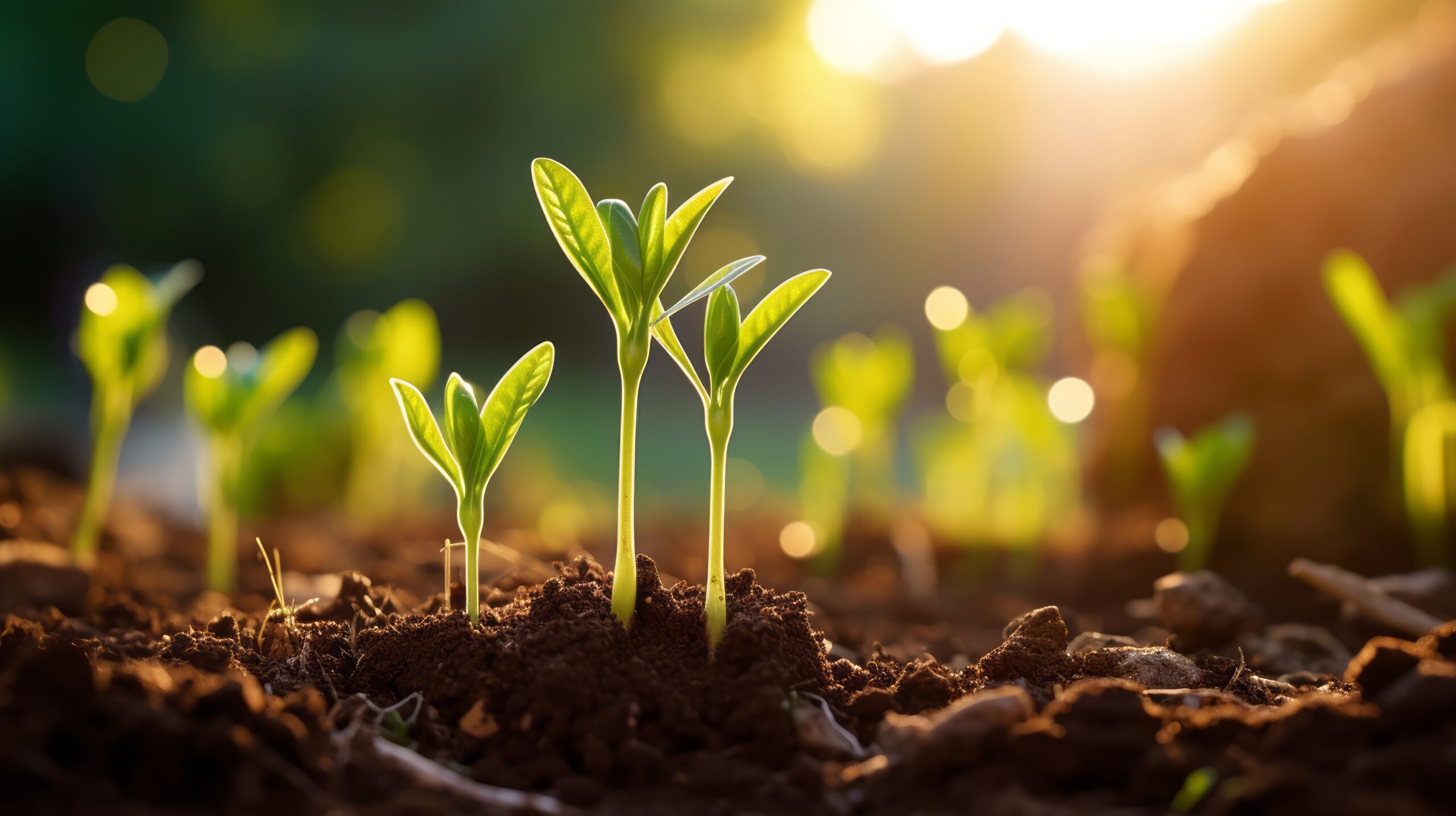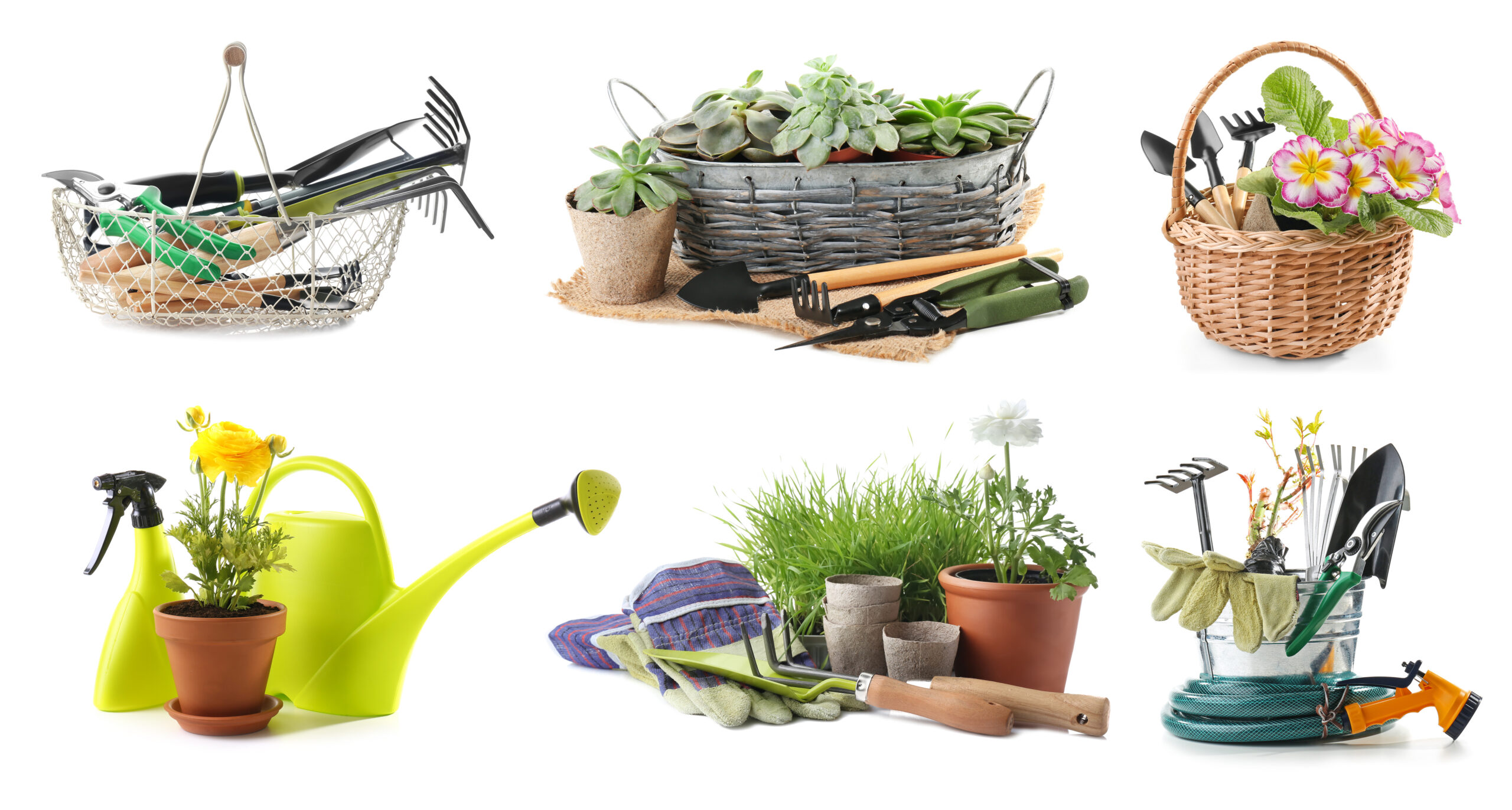
Understanding Climate Zones
To ensure the success of your outdoor garden, it’s crucial to choose plants that are well-suited to your climate zone. The USDA Plant Hardiness Zone Map is a valuable resource that divides North America into zones based on the average annual minimum winter temperature. By selecting plants that are rated for your specific zone, you can significantly improve your garden’s chances of thriving throughout the year.
Considering Local Weather Patterns
Beyond hardiness zones, local weather conditions such as rainfall patterns, humidity levels, and summer temperatures also play a significant role in plant success. For areas prone to drought, consider drought-tolerant plants like lavender, sage, and succulents. In regions with high humidity, look for plants that are resistant to mold and fungus. Understanding your local weather conditions will help you select plants that are adapted to your specific environment.
The Importance of Native Plants
Incorporating native plants into your garden supports local ecosystems and wildlife, including pollinators such as bees and butterflies. Native plants are adapted to the local climate and soil conditions, making them more resilient and easier to care for than non-native species. They require less water and fertilizer and are generally more resistant to pests and diseases. Consult with local nurseries or extension services to find native plants that will complement your garden.
Adapting to Microclimates
Your garden may have microclimates—small areas that differ in temperature, light, or wind exposure from the general climate of your region. Observing these microclimates allows you to place plants in locations where they’ll thrive. For example, a south-facing wall may create a warm microclimate suitable for heat-loving plants, while a low-lying area might be cooler and more suited to shade-tolerant species.
Seasonal Considerations
When selecting plants, consider their bloom time and growth cycle to ensure your garden remains vibrant throughout the growing season. Incorporate a mix of perennials, which return year after year, with annuals that bloom for one season but often provide continuous color. Planning for staggered bloom times can keep your garden interesting and lively from spring through fall.
Soil Type and Plant Selection
Soil type can vary widely, even within the same garden, and has a significant impact on plant health. Some plants thrive in sandy soil, while others prefer clay or loam. Before choosing plants, test your soil to determine its type and amend it as necessary to meet the needs of the plants you want to grow. Adding organic matter can improve soil structure and fertility, benefiting almost all plants.
Experimenting with Exotic or Challenging Plants
While it’s wise to focus on plants suited to your climate zone and local conditions, don’t be afraid to experiment with plants that push the boundaries. With a bit of extra care, such as providing winter protection or creating raised beds for better drainage, you can successfully grow plants that are slightly outside of your zone’s recommendation. These experiments can add unique interest and challenge to your gardening experience.
Continuous Learning and Adaptation
Gardening is a continual learning process, and success often comes through trial and error. Keep a garden journal to track what works and what doesn’t, making note of plant varieties that thrive and those that struggle. Over time, you’ll develop a deep understanding of your garden’s unique conditions and how to choose plants that will thrive within them.
Choosing the right plants for your climate zone is a fundamental step in creating a successful outdoor garden. By taking the time to understand your local conditions and selecting plants accordingly, you can build a thriving, beautiful garden that enhances your outdoor space and supports the local ecosystem.



